Home>Gardening & Outdoor>Landscaping Ideas>What Kind Of Grass Do Horses Eat
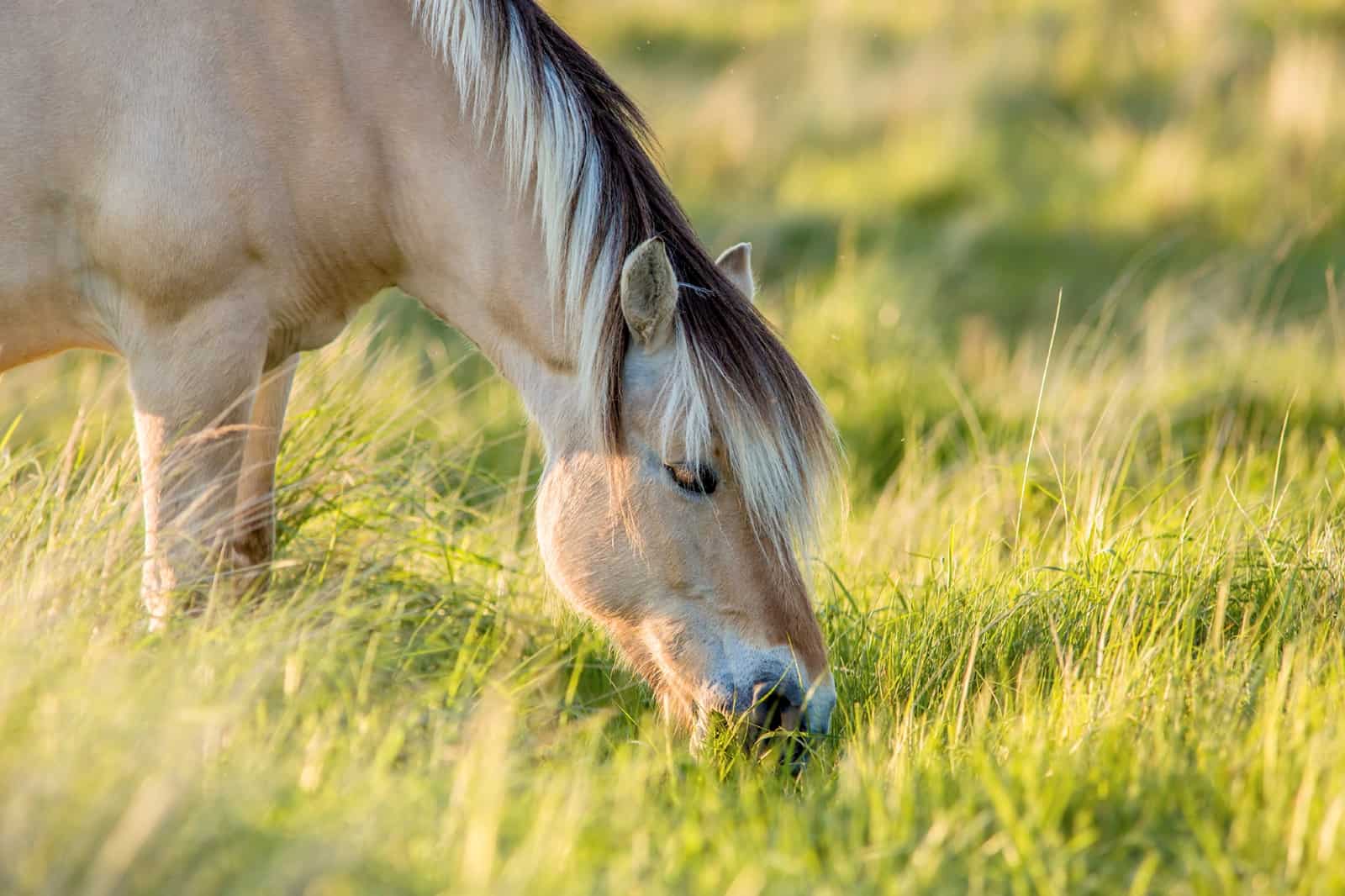

Landscaping Ideas
What Kind Of Grass Do Horses Eat
Modified: March 26, 2024
Discover the best landscaping ideas for horse-friendly grass and create a beautiful, functional space for your equine friends. Explore options for horse pasture grass and more.
(Many of the links in this article redirect to a specific reviewed product. Your purchase of these products through affiliate links helps to generate commission for Storables.com, at no extra cost. Learn more)
Introduction
Horses are magnificent creatures that have been an integral part of human history for centuries. Their strength, beauty, and grace have captivated the hearts of people around the world. As herbivores, horses primarily graze on grass and other vegetation, making their diet a crucial aspect of their overall well-being. Understanding the types of grasses that horses prefer and the nutritional benefits they provide is essential for ensuring the health and vitality of these majestic animals.
In this article, we will delve into the fascinating world of equine grazing behavior and explore the various types of grasses that horses find most palatable. Additionally, we will examine the nutritional needs of horses and the factors that should be taken into consideration when selecting grazing grass for these animals. By gaining insight into the intricate relationship between horses and the grasses they consume, we can better appreciate the significance of providing them with a balanced and nourishing diet.
Join us on a journey through the lush pastures where horses roam and discover the diverse array of grasses that contribute to their well-being. Whether you are a seasoned equestrian enthusiast or simply intrigued by the world of equine nutrition, this exploration of the grasses that horses eat promises to be an enlightening and enriching experience. Let's embark on this equine adventure and unravel the secrets of the verdant pastures that sustain these magnificent creatures.
Key Takeaways:
- Horses are selective grazers, preferring tender, young grass shoots, and enjoying social grazing. Caretakers should provide suitable grazing areas to support their natural inclinations and overall well-being.
- Timothy, Bermuda, Orchard, Fescue, Rye, and Bluegrass are preferred by horses for their palatability and nutritional value. Caretakers should consider factors like palatability, nutritional content, climate adaptability, resilience, digestibility, and forage diversity when choosing grazing grass for equine pastures.
Read more: How Do Horses Eat Grass
Understanding Horses’ Grazing Behavior
Observing horses as they graze in open pastures is a captivating sight that offers a glimpse into their natural behavior and dietary preferences. Horses are selective grazers, meaning they have distinct preferences when it comes to the types of grasses they consume. Their grazing behavior is influenced by a combination of instinctual tendencies and environmental factors.
When horses graze, they exhibit a methodical and deliberate approach, carefully selecting certain grass species over others. This selective behavior is guided by their innate ability to discern the nutritional content and palatability of different grasses. Horses often display a preference for tender, young grass shoots, as these are typically more palatable and nutrient-rich compared to mature grass.
Furthermore, horses have a natural inclination to graze for extended periods throughout the day, mimicking the grazing patterns observed in wild equine herds. This frequent grazing behavior aligns with their digestive physiology, which is designed to process small, consistent quantities of forage. By understanding and respecting the grazing behavior of horses, caretakers can ensure that these animals have access to suitable grazing areas that support their natural inclinations.
Additionally, horses exhibit social grazing behavior, often preferring to graze in the company of other horses. This social aspect of grazing is deeply ingrained in their natural behavior and contributes to their overall well-being. When horses have the opportunity to graze together, they engage in mutual grooming, establish social bonds, and exhibit a sense of contentment that stems from communal grazing activities.
By gaining insight into the intricacies of horses’ grazing behavior, we can cultivate a deeper appreciation for the symbiotic relationship between these magnificent animals and the grasses they consume. Understanding their selective grazing tendencies and the significance of social grazing dynamics is pivotal in creating environments that cater to their innate needs and foster their physical and emotional well-being.
Types of Grasses Horses Prefer
As discerning grazers, horses exhibit distinct preferences when it comes to the types of grasses they consume. The selection of grazing grass can significantly impact the nutritional intake and overall well-being of these majestic animals. Understanding the specific grass species that horses prefer can provide valuable insights into their dietary needs and grazing behavior.
1. Timothy Grass: Timothy grass is widely favored by horses for its palatability and nutritional value. This cool-season grass is known for its tender, leafy texture and moderate protein content, making it a popular choice for equine forage. Its high fiber content and low sugar content make it suitable for horses prone to metabolic issues.
2. Bermuda Grass: Bermuda grass is a warm-season grass that is well-suited for grazing in regions with hot climates. It is valued for its resilience and ability to withstand heavy grazing. Horses often find Bermuda grass palatable, and its high digestibility makes it a valuable component of their forage diet.
3. Orchard Grass: Orchard grass is cherished by horses for its soft texture and sweet taste. This grass species is rich in fiber and offers essential nutrients, making it a desirable choice for equine grazing. Its adaptability to various soil types and climates further enhances its appeal as a grazing grass for horses.
4. Fescue Grass: Fescue grass is a cool-season perennial grass that is well-liked by horses. It exhibits robust growth and resilience, making it suitable for sustained grazing. Fescue grass provides a balance of nutrients and is often included in equine pasture blends due to its favorable attributes.
5. Rye Grass: Rye grass is valued for its rapid growth and lush foliage, which appeals to horses as a source of nourishment. Its high palatability and nutrient content make it a preferred grazing grass for horses in various settings.
6. Bluegrass: Bluegrass is recognized for its tender leaves and fine texture, making it an appealing choice for equine grazing. Horses often find bluegrass palatable, and its nutrient profile contributes to their dietary requirements, especially in pasture-based feeding systems.
Understanding the specific characteristics and nutritional profiles of these grass species provides valuable guidance for equestrians and caretakers seeking to create optimal grazing environments for horses. By incorporating a diverse array of preferred grasses into equine pastures, individuals can support the natural grazing behaviors of horses while ensuring that they receive essential nutrients from their forage diet.
Horses typically eat a variety of grasses, including timothy, bermudagrass, and orchardgrass. It’s important to provide a diverse range of grasses to ensure they get the necessary nutrients.
Nutritional Needs of Horses
Meeting the nutritional requirements of horses is essential for maintaining their health, vitality, and overall well-being. As herbivores, horses rely on a forage-based diet that encompasses a diverse array of grasses and other vegetation to fulfill their nutritional needs. Understanding the key nutritional components that contribute to the well-rounded diet of horses is paramount for ensuring their optimal health and performance.
1. Fiber: Fiber is a fundamental component of a horse’s diet, playing a crucial role in digestive health and nutrient absorption. Grazing grasses, such as Timothy grass and Orchard grass, provide horses with essential dietary fiber that supports proper digestive function and helps prevent digestive disorders such as colic and gastric ulcers.
2. Protein: Protein is vital for muscle development, tissue repair, and overall growth. While grazing grasses may not be exceptionally high in protein, they contribute to the overall protein intake of horses. Legumes such as alfalfa, clover, and vetch, which are often found in equine pastures, can supplement the protein content of the forage diet.
3. Vitamins and Minerals: Grazing grasses offer a spectrum of vitamins and minerals that are essential for the well-being of horses. These include vitamin A, vitamin E, calcium, phosphorus, and potassium, among others. The diverse array of grass species preferred by horses ensures that they receive a balanced intake of essential vitamins and minerals from their grazing activities.
4. Hydration: While not a component of grazing grass, access to fresh, clean water is integral to meeting the hydration needs of horses. Adequate hydration supports proper digestion, nutrient utilization, and overall physiological function. Horses grazing on lush, moisture-rich grasses may derive a portion of their hydration from the forage itself.
5. Balanced Nutrient Intake: The nutritional needs of horses can vary based on factors such as age, activity level, and reproductive status. Providing a diverse range of grazing grasses allows horses to self-regulate their nutrient intake, helping them achieve a balanced diet that aligns with their individual requirements.
By recognizing the nutritional significance of grazing grasses in meeting the dietary needs of horses, caretakers can make informed decisions when selecting and managing equine pastures. The natural diversity of preferred grass species ensures that horses have access to a broad spectrum of nutrients, supporting their overall health and vitality through their grazing activities.
Factors to Consider When Choosing Grazing Grass
When establishing or managing equine pastures, several critical factors should be taken into account to ensure that the grazing grasses selected align with the nutritional and behavioral needs of horses. By considering these factors, caretakers and equestrians can create optimal grazing environments that support the well-being and natural inclinations of these magnificent animals.
1. Palatability: The palatability of grazing grasses directly influences horses’ grazing behavior and dietary intake. Selecting grass species that are palatable to horses, such as Timothy grass, Orchard grass, and Bermuda grass, encourages consistent foraging and supports their nutritional needs. Palatable grasses entice horses to graze actively, promoting natural feeding patterns.
2. Nutritional Content: The nutritional profile of grazing grasses is a pivotal consideration when choosing forage for horses. Grass species that offer a balanced array of essential nutrients, including fiber, protein, vitamins, and minerals, contribute to the overall well-rounded diet of horses. Careful selection of grass species ensures that horses receive vital nutrients from their grazing activities.
3. Adaptability to Climate: Consider the climate and environmental conditions of the grazing area when selecting grass species. Certain grasses, such as Bermuda grass and Rye grass, thrive in warm climates, while others, like Timothy grass and Fescue grass, are well-suited for cooler regions. Choosing grasses that are adapted to the local climate promotes sustainable pasture management and supports consistent forage availability.
4. Resilience and Durability: The resilience of grazing grasses influences their ability to withstand grazing pressure and environmental stressors. Selecting grass species known for their resilience, such as Fescue grass and Bluegrass, contributes to the longevity and sustainability of equine pastures, ensuring continuous forage availability for horses.
5. Digestibility: The digestibility of grazing grasses impacts nutrient utilization and digestive health in horses. Highly digestible grass species, such as Orchard grass and Timothy grass, support efficient nutrient absorption and aid in maintaining optimal digestive function. Carefully considering the digestibility of grass species enhances the overall nutritional value of equine pastures.
6. Forage Diversity: Incorporating a diverse range of grazing grasses into equine pastures promotes forage diversity, offering horses a selection of textures, flavors, and nutrient profiles. Diverse forage options cater to horses’ natural grazing tendencies and contribute to a well-rounded diet that meets their nutritional needs.
By evaluating these factors when choosing grazing grasses for equine pastures, caretakers and equestrians can create enriching and supportive environments that align with the natural behaviors and dietary requirements of horses. Thoughtful consideration of these factors fosters sustainable pasture management and enhances the overall well-being of these remarkable animals.
Read more: What Kind Of Grass Do Sheep Eat
Conclusion
Exploring the intricate relationship between horses and the grasses they consume unveils a captivating narrative of natural behaviors, dietary preferences, and nutritional significance. The grazing behavior of horses reflects a harmonious synergy between instinctual inclinations and environmental influences, shaping their interactions with the verdant pastures that sustain them.
Understanding the types of grasses that horses prefer provides valuable insights into the diversity of forage options that support their nutritional needs. From the tender allure of Timothy grass to the resilience of Bermuda grass, each grass species contributes to the rich tapestry of equine grazing environments, nurturing the well-being of these magnificent animals.
The nutritional needs of horses, intricately woven into the fabric of grazing grasses, underscore the importance of fiber, protein, vitamins, minerals, and hydration in sustaining their health and vitality. Grazing grasses serve as a conduit for essential nutrients, fostering a balanced diet that aligns with the diverse requirements of horses across various ages, activities, and reproductive stages.
When choosing grazing grass for equine pastures, an array of factors, including palatability, nutritional content, climate adaptability, resilience, digestibility, and forage diversity, converge to shape optimal grazing environments. Thoughtful consideration of these factors empowers caretakers and equestrians to cultivate pastures that resonate with the natural inclinations and nutritional needs of horses, fostering a harmonious coexistence between these remarkable animals and the grasses they graze upon.
As we embark on this equine adventure through the lush pastures where horses roam, we gain a profound appreciation for the interconnectedness of these animals with the grazing grasses that sustain them. The symphony of equine grazing behavior, dietary preferences, and nutritional requirements unfolds amidst the backdrop of diverse grass species, painting a portrait of resilience, nourishment, and natural harmony.
In essence, the world of grazing grasses and equine nutrition intertwines to form a tapestry of sustenance and well-being, where the timeless bond between horses and the grasses they eat flourishes in the gentle sway of pastures, echoing the enduring legacy of this timeless relationship.
Frequently Asked Questions about What Kind Of Grass Do Horses Eat
Was this page helpful?
At Storables.com, we guarantee accurate and reliable information. Our content, validated by Expert Board Contributors, is crafted following stringent Editorial Policies. We're committed to providing you with well-researched, expert-backed insights for all your informational needs.
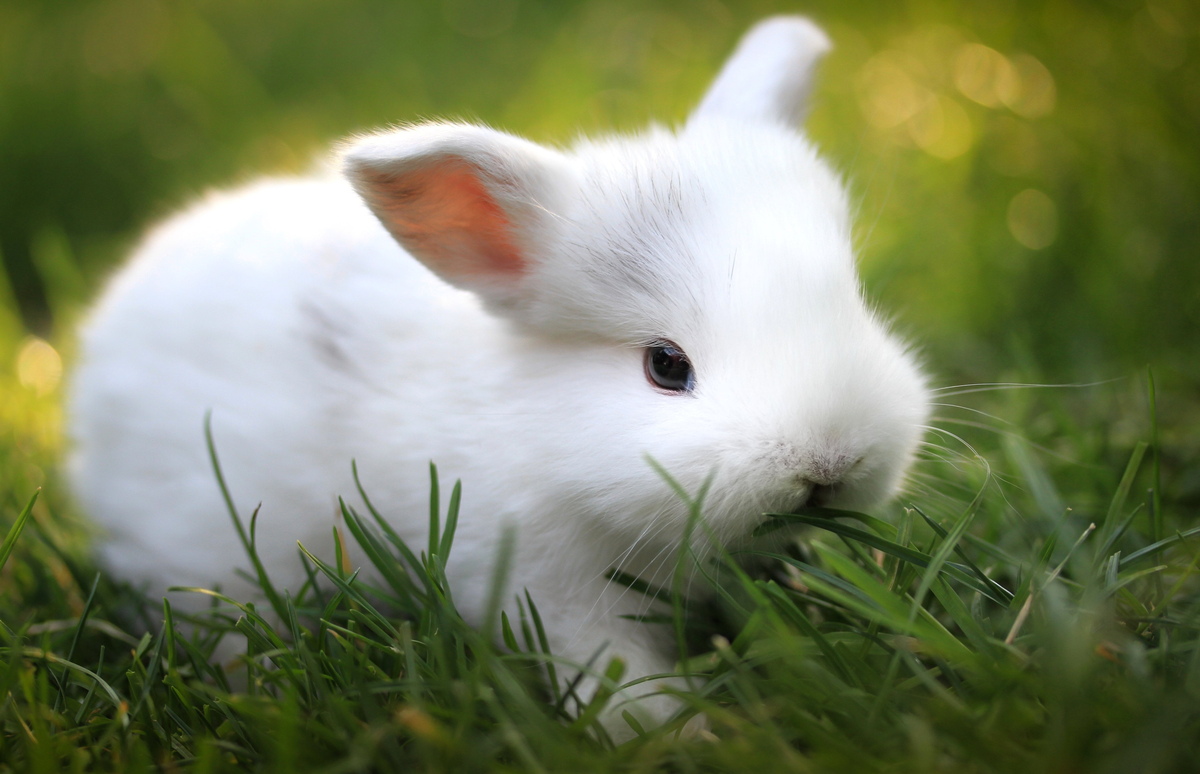
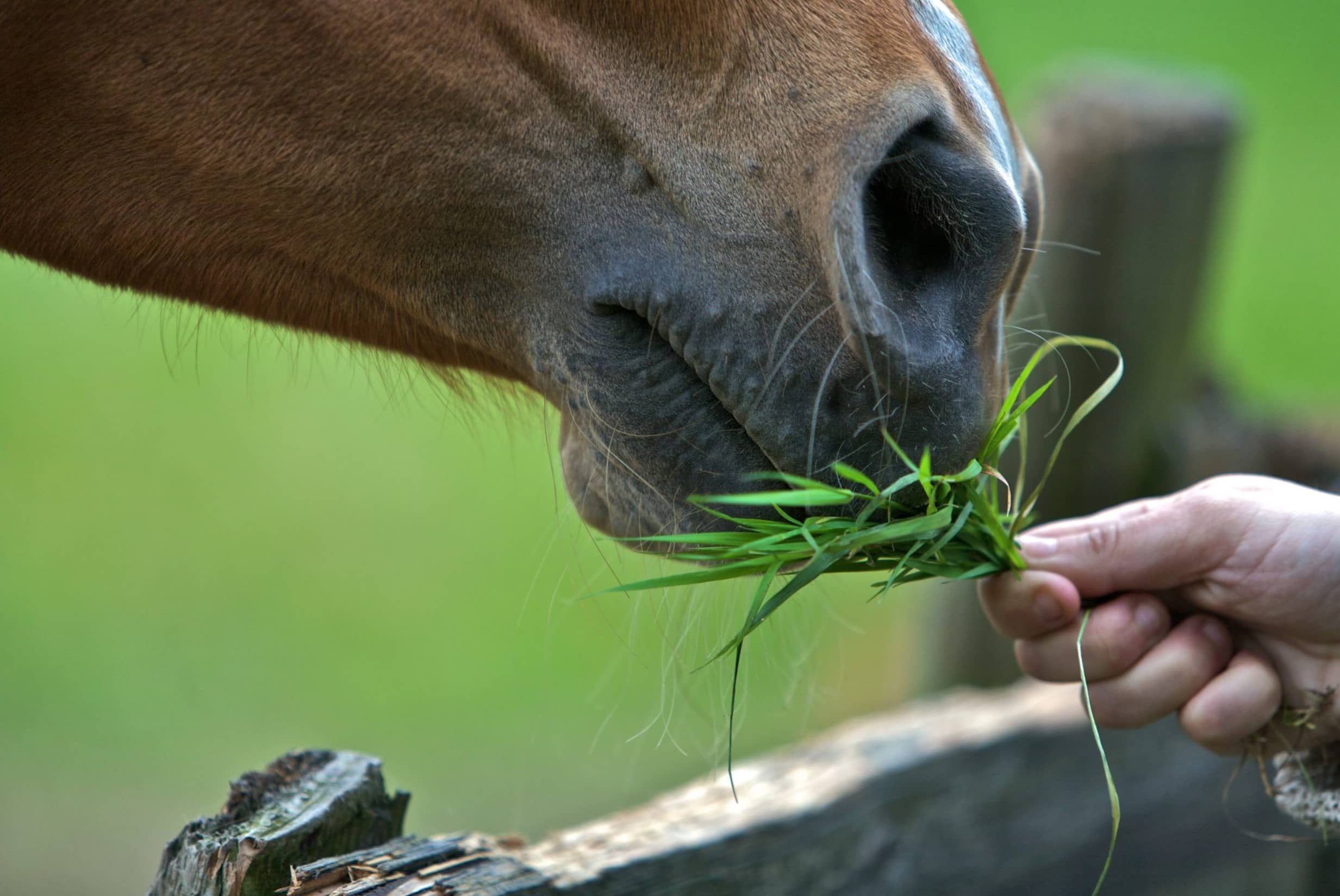
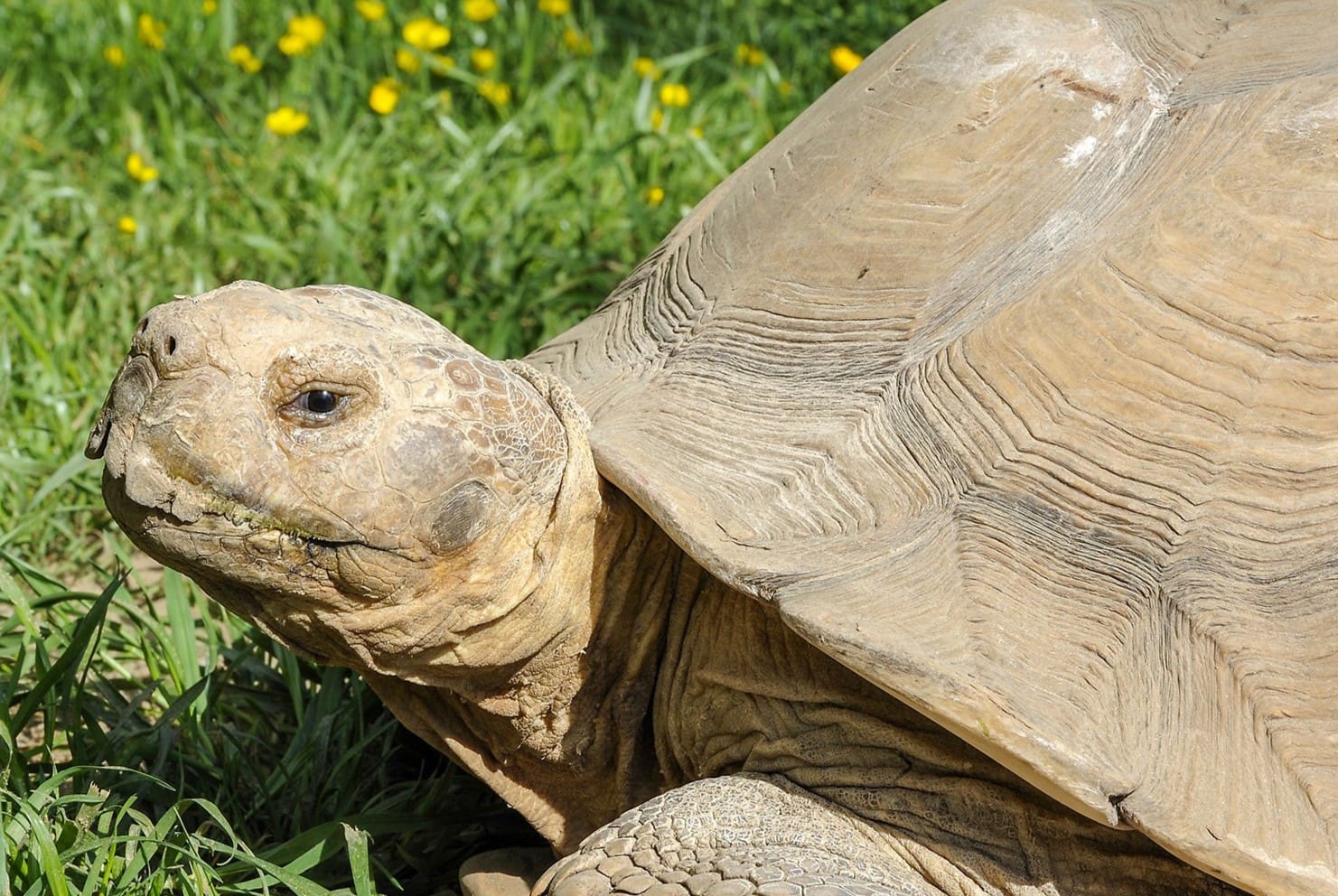
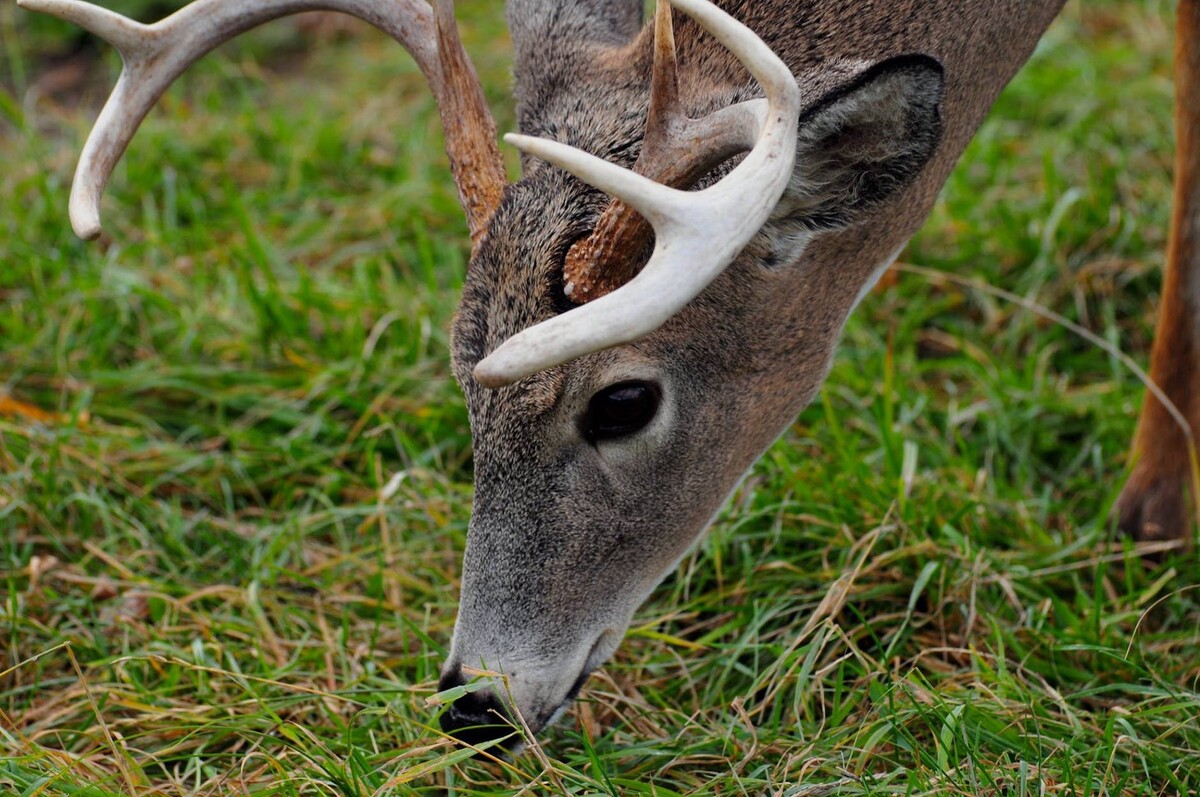
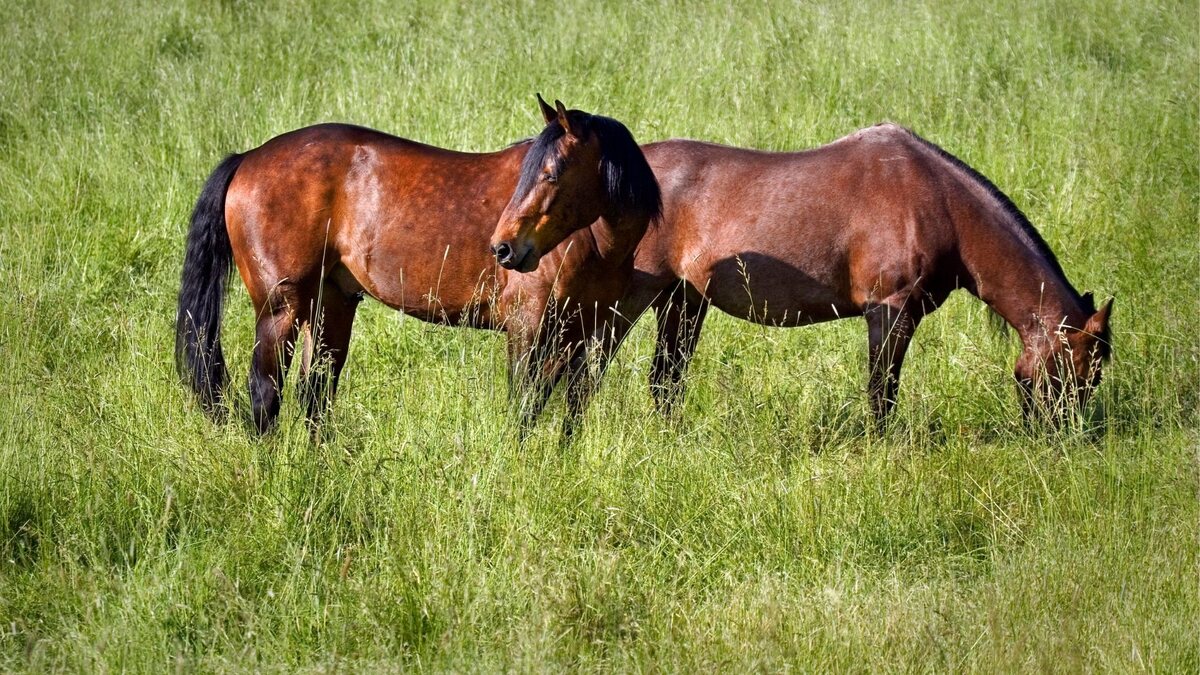
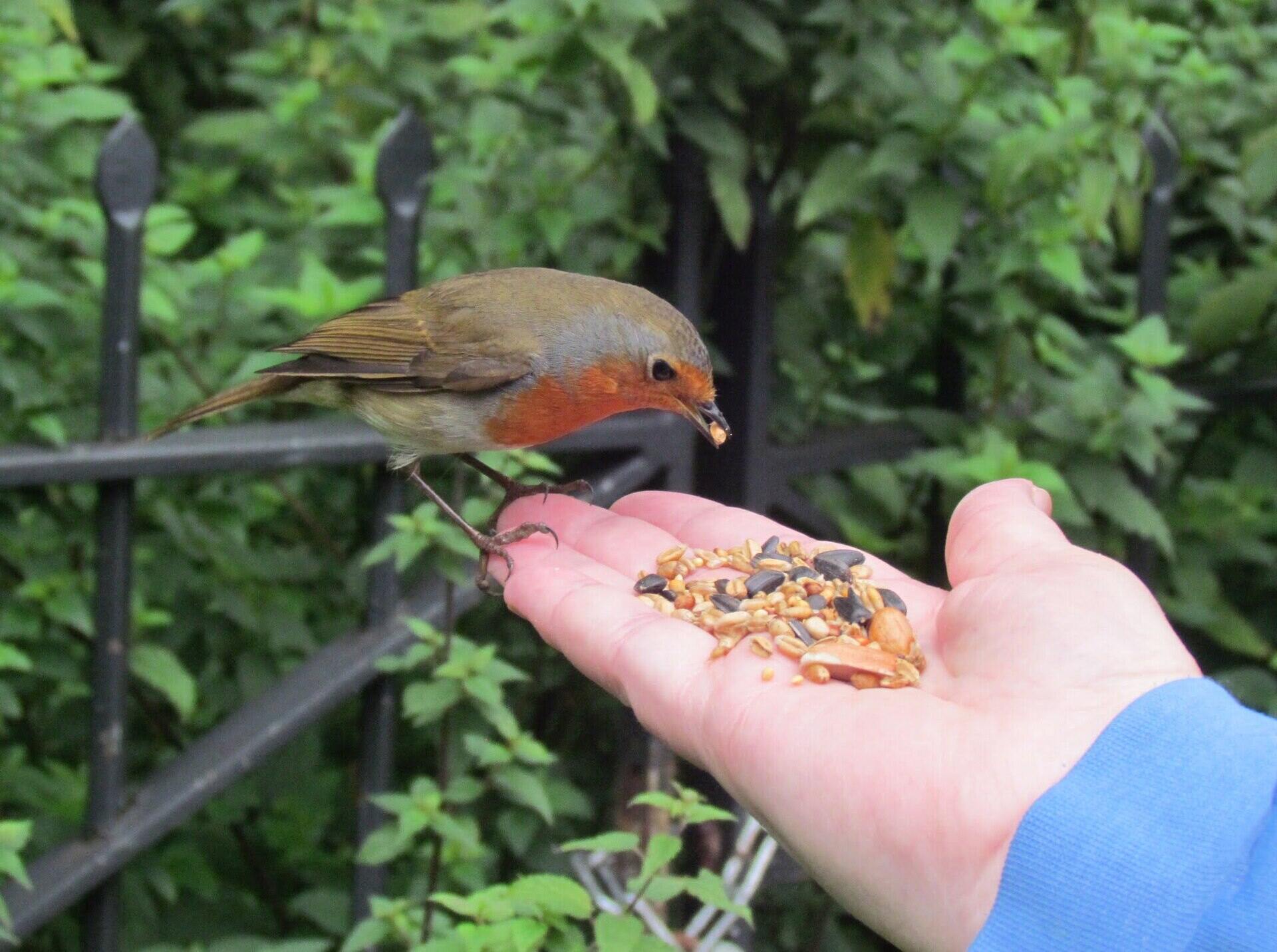
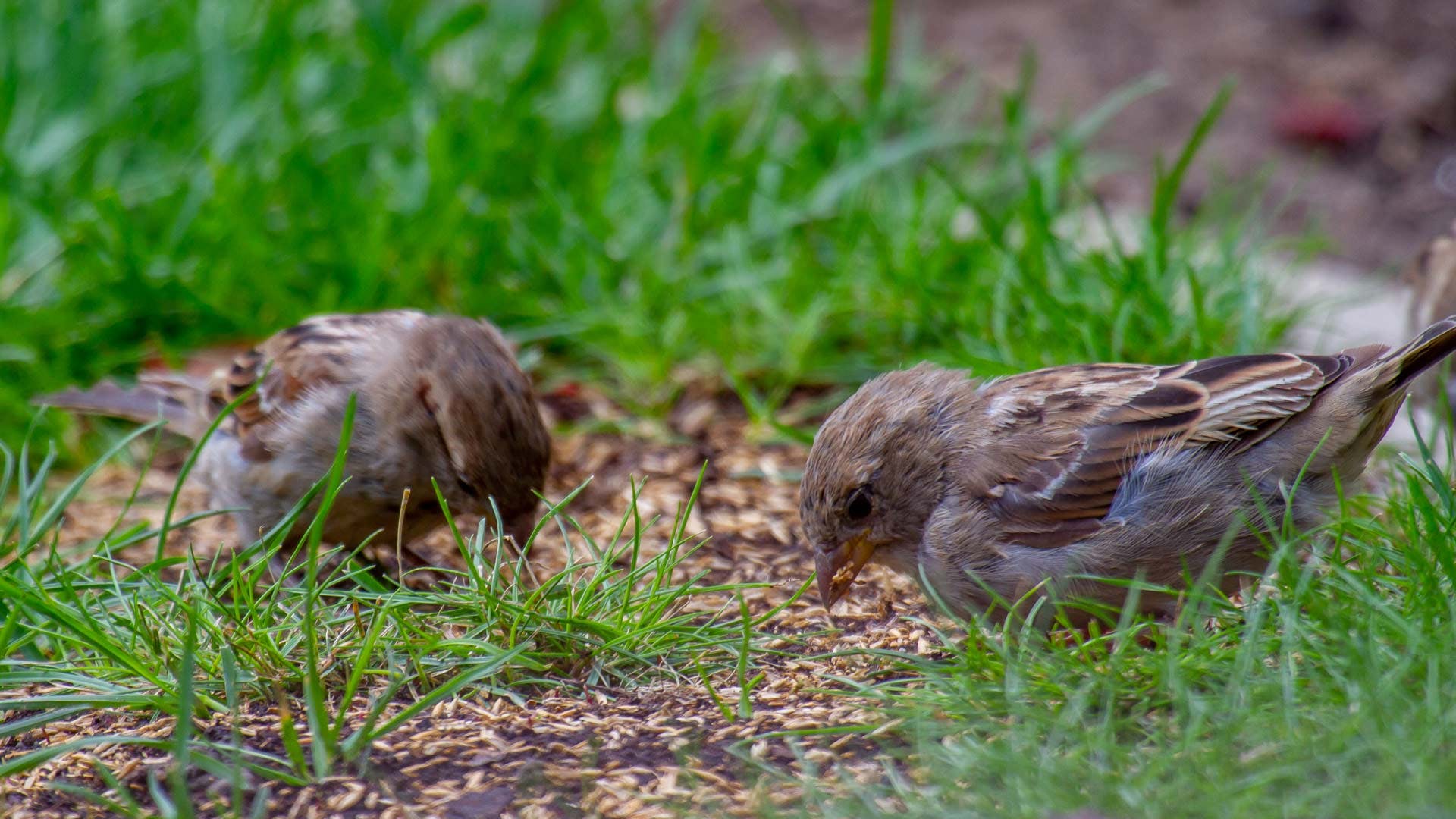
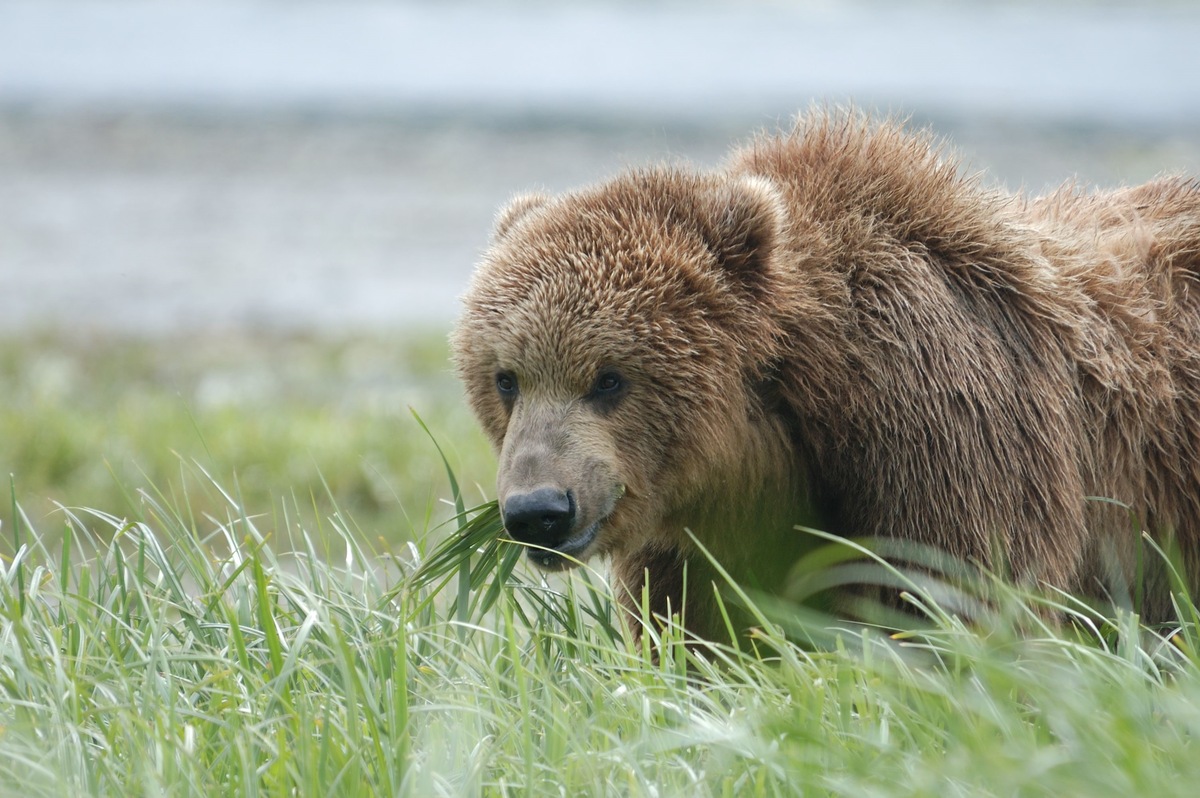
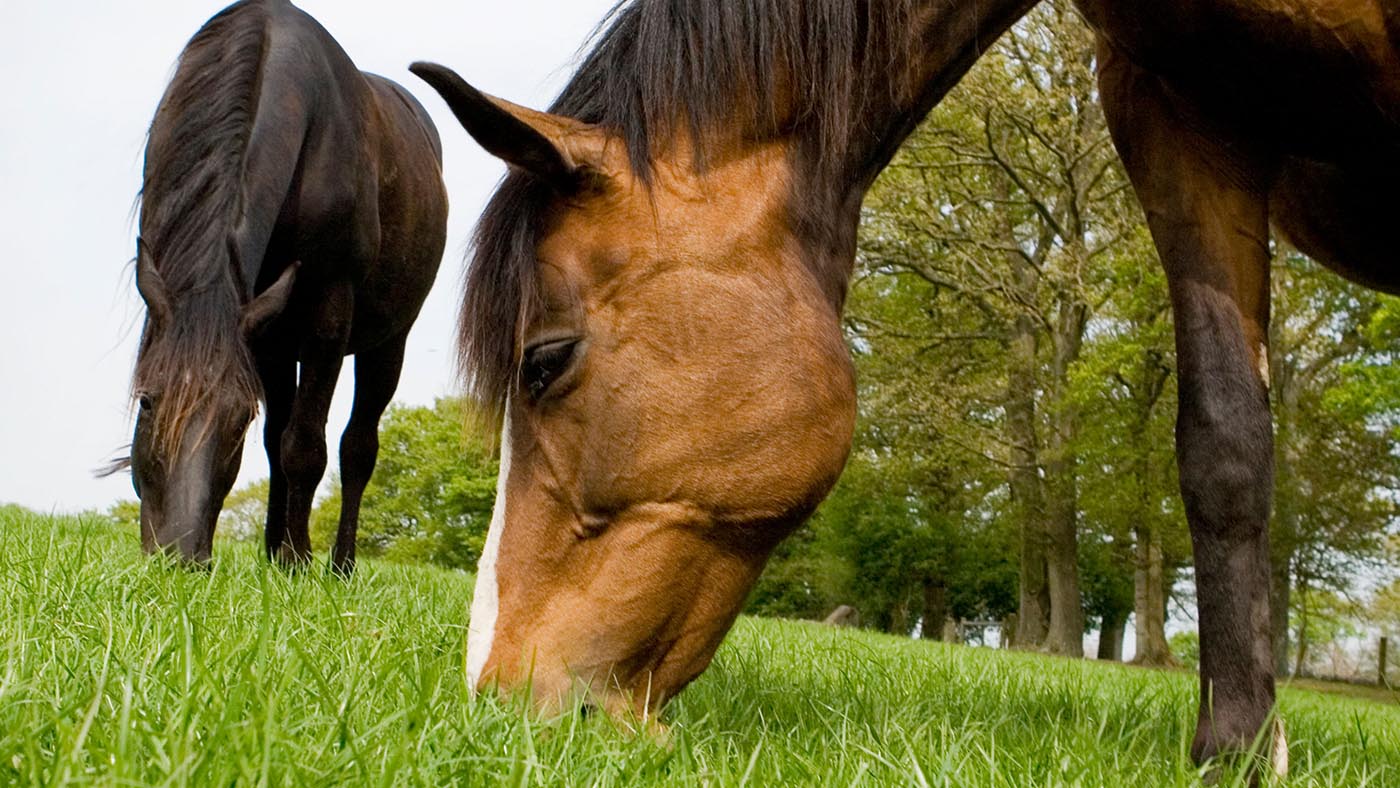
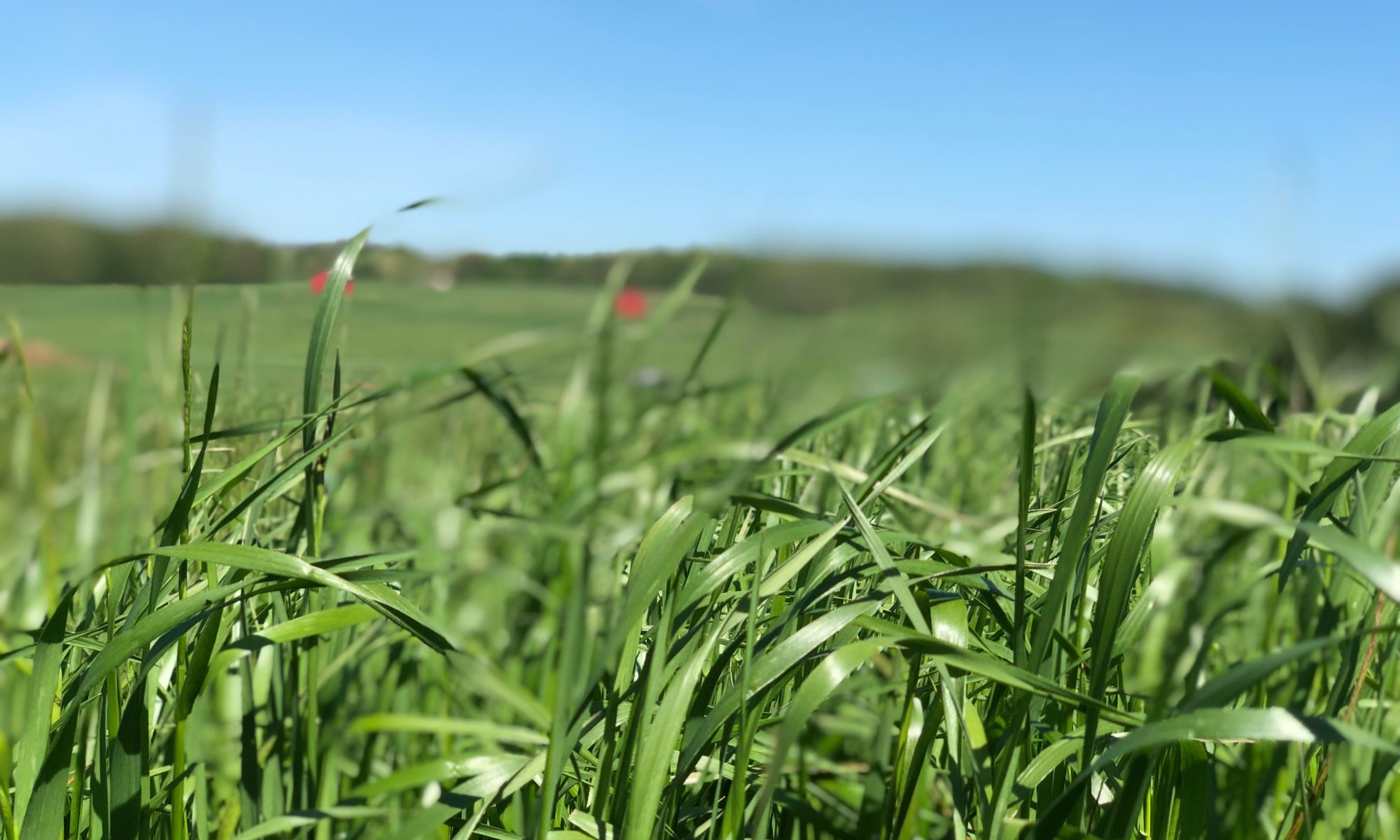
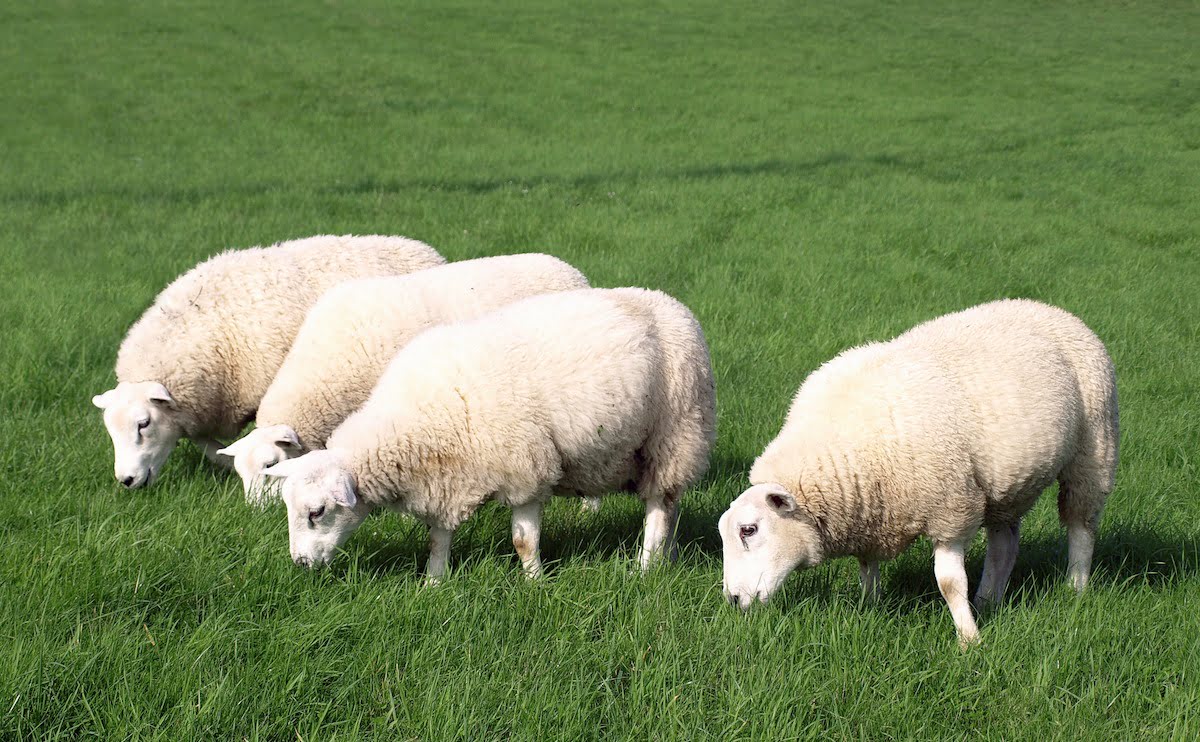
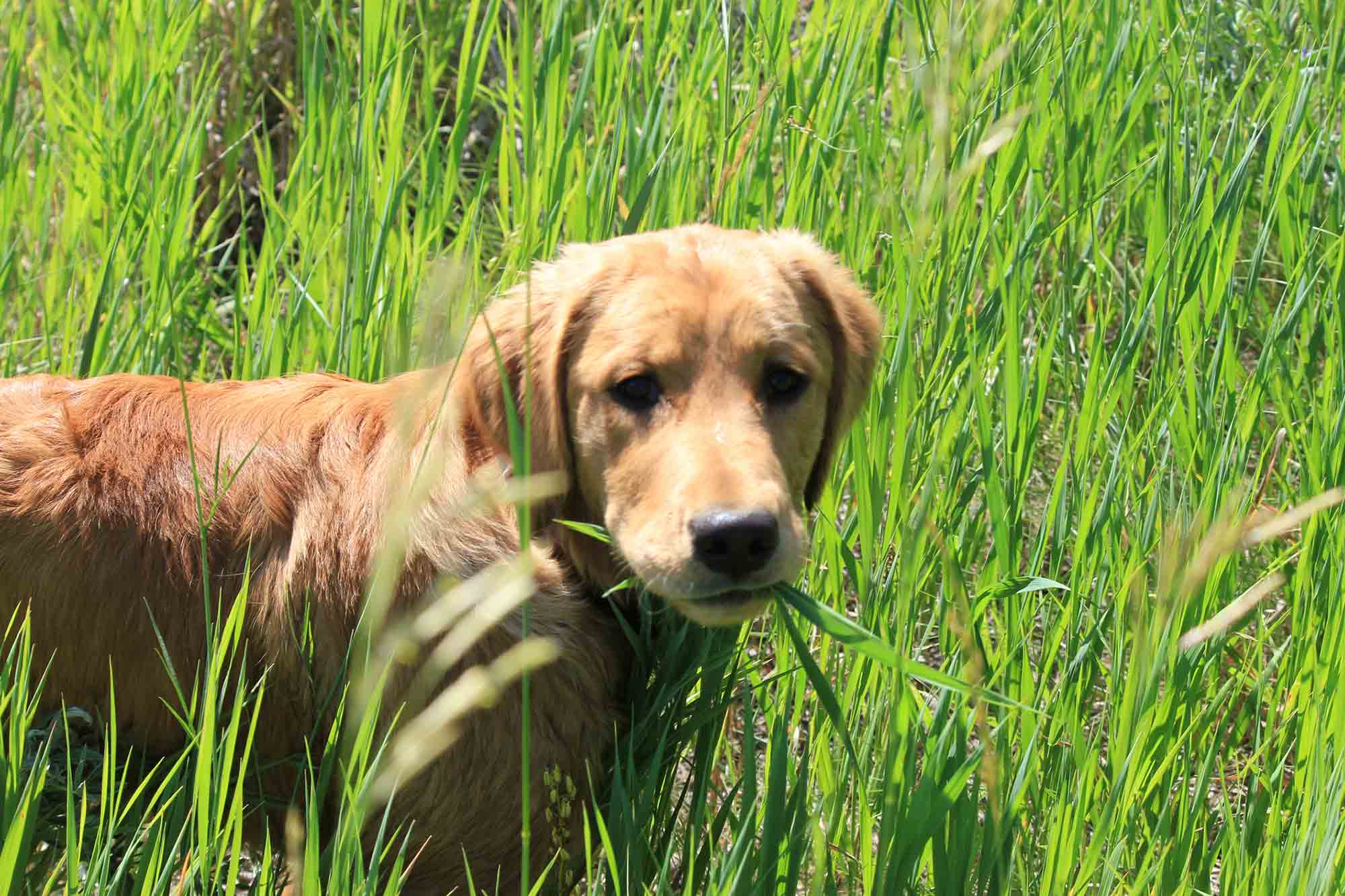

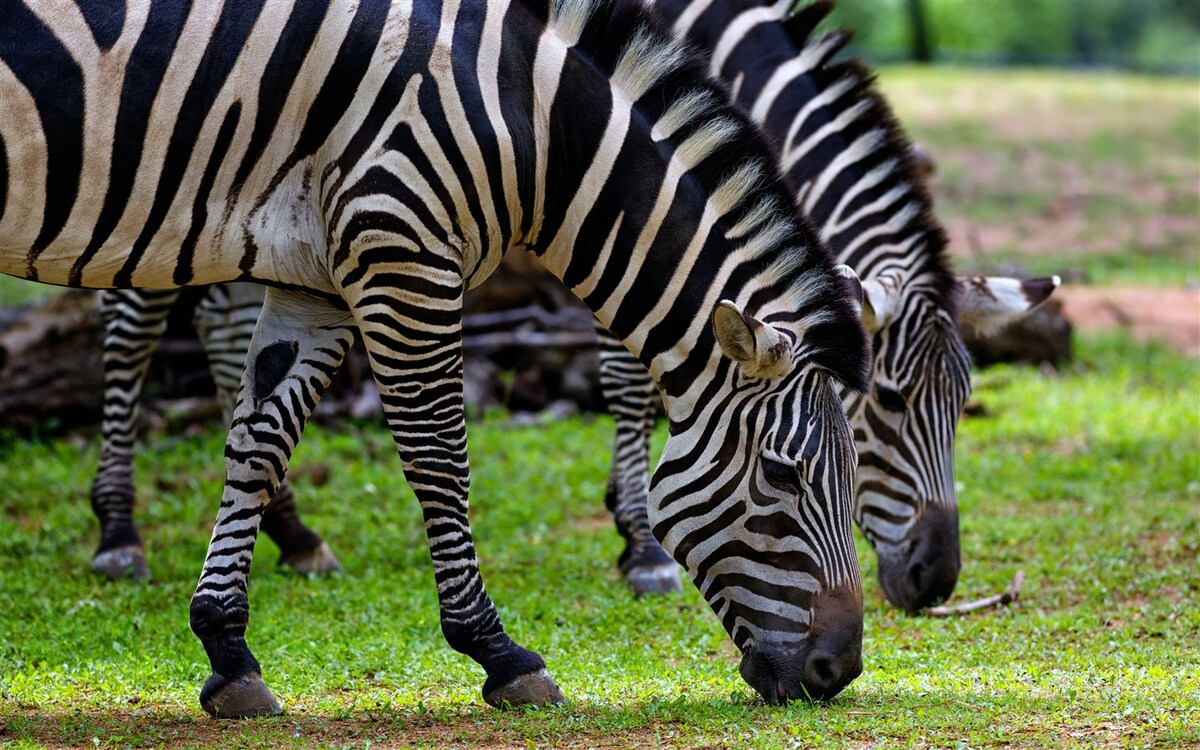

0 thoughts on “What Kind Of Grass Do Horses Eat”